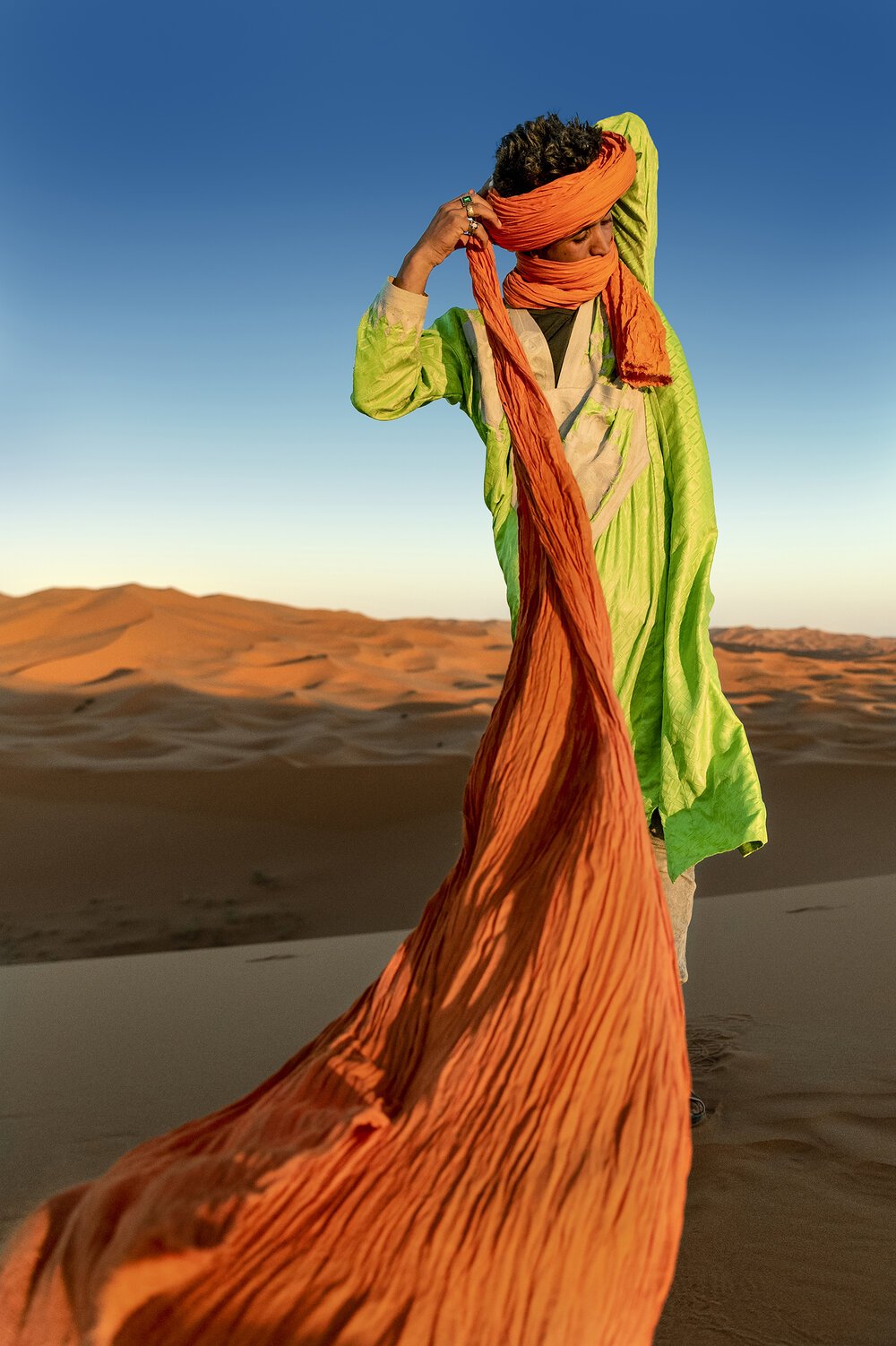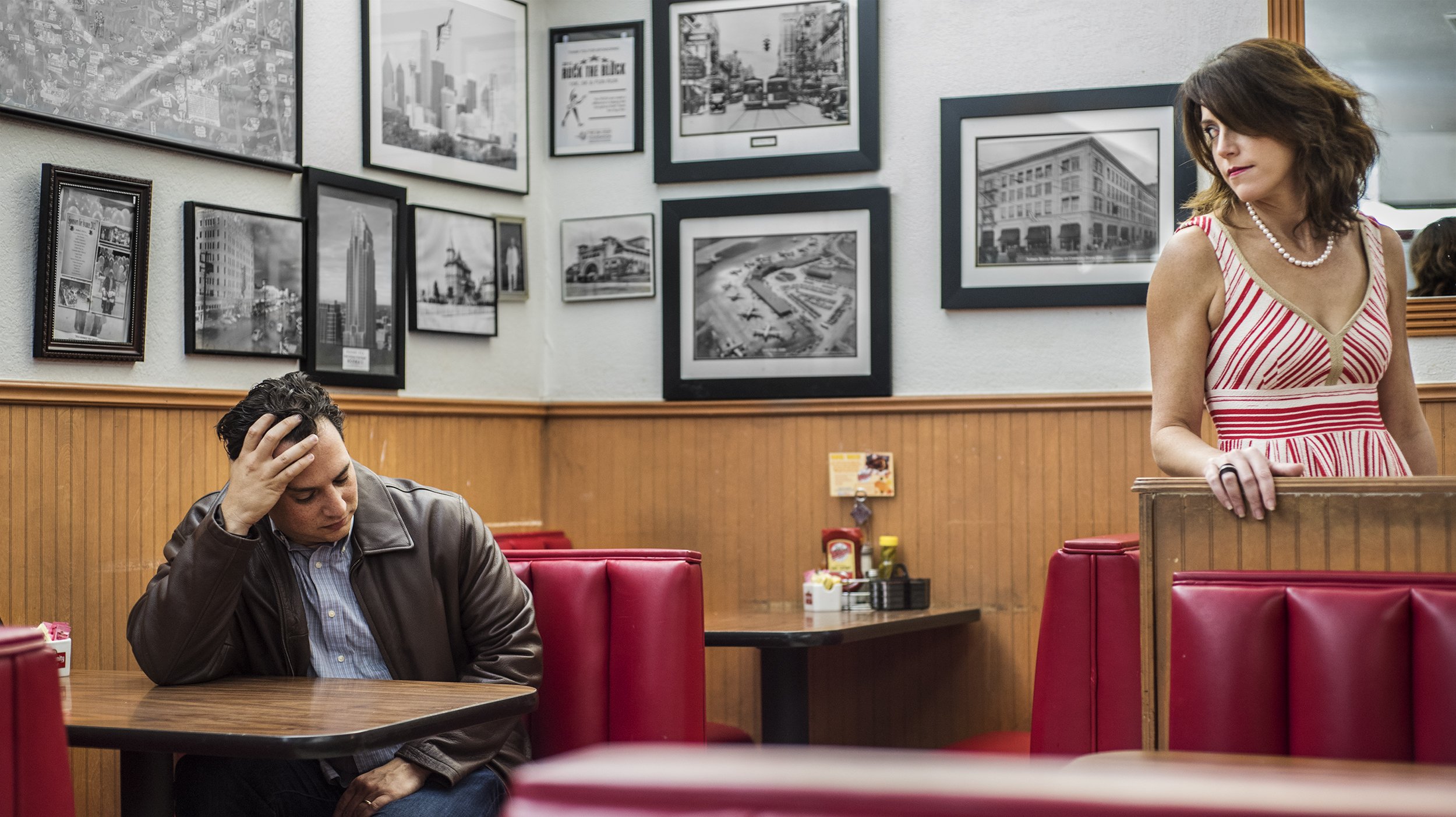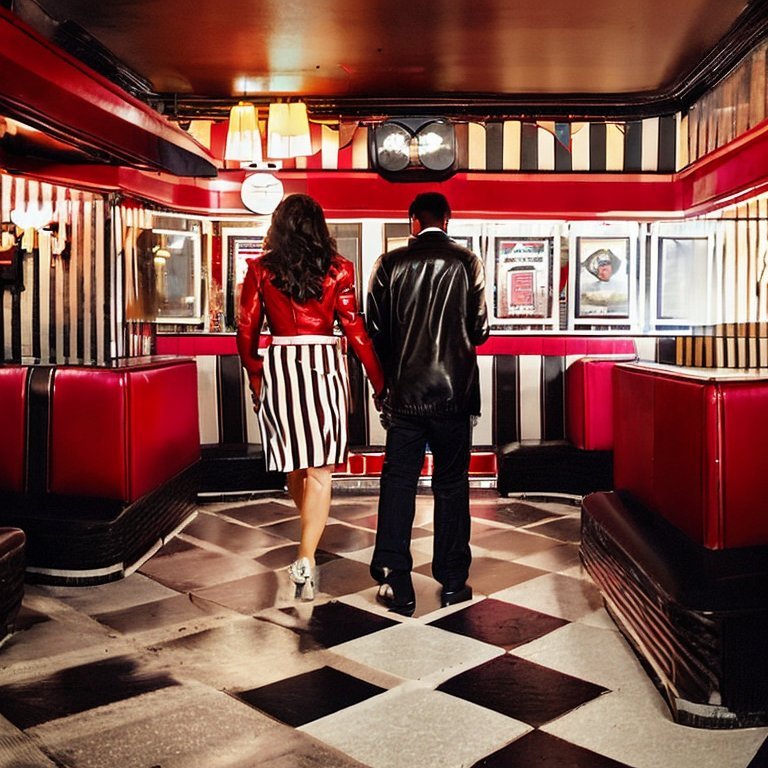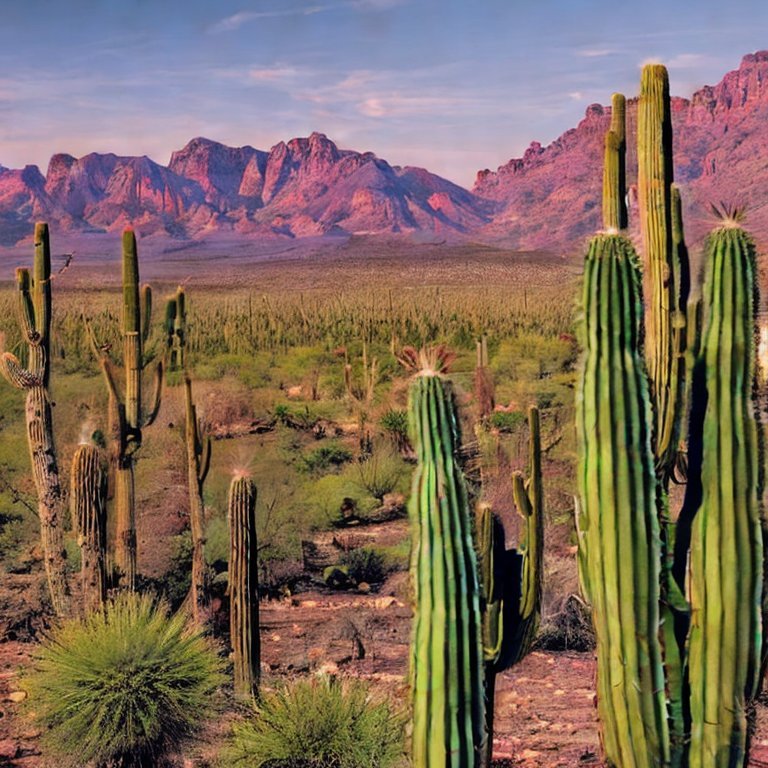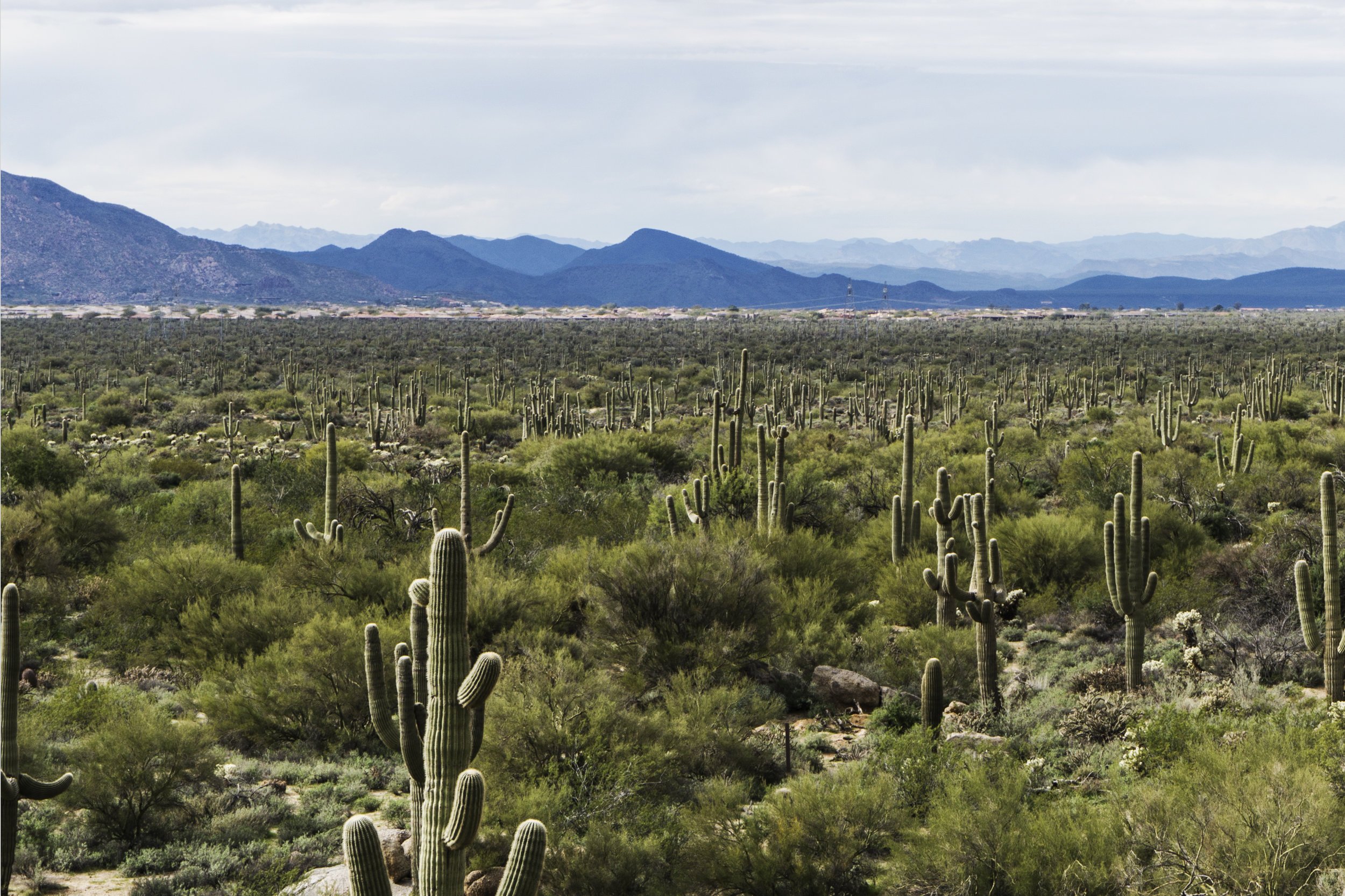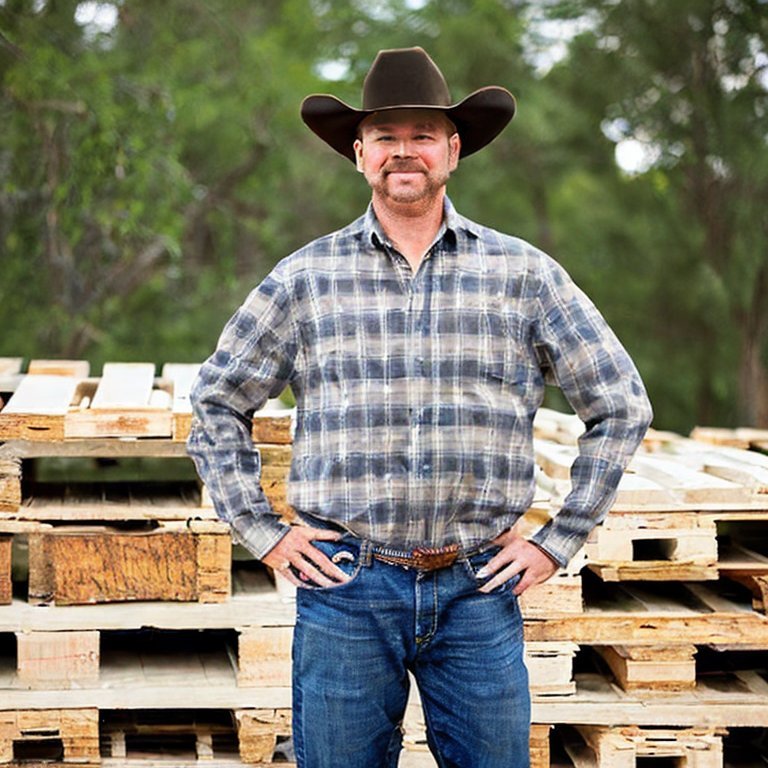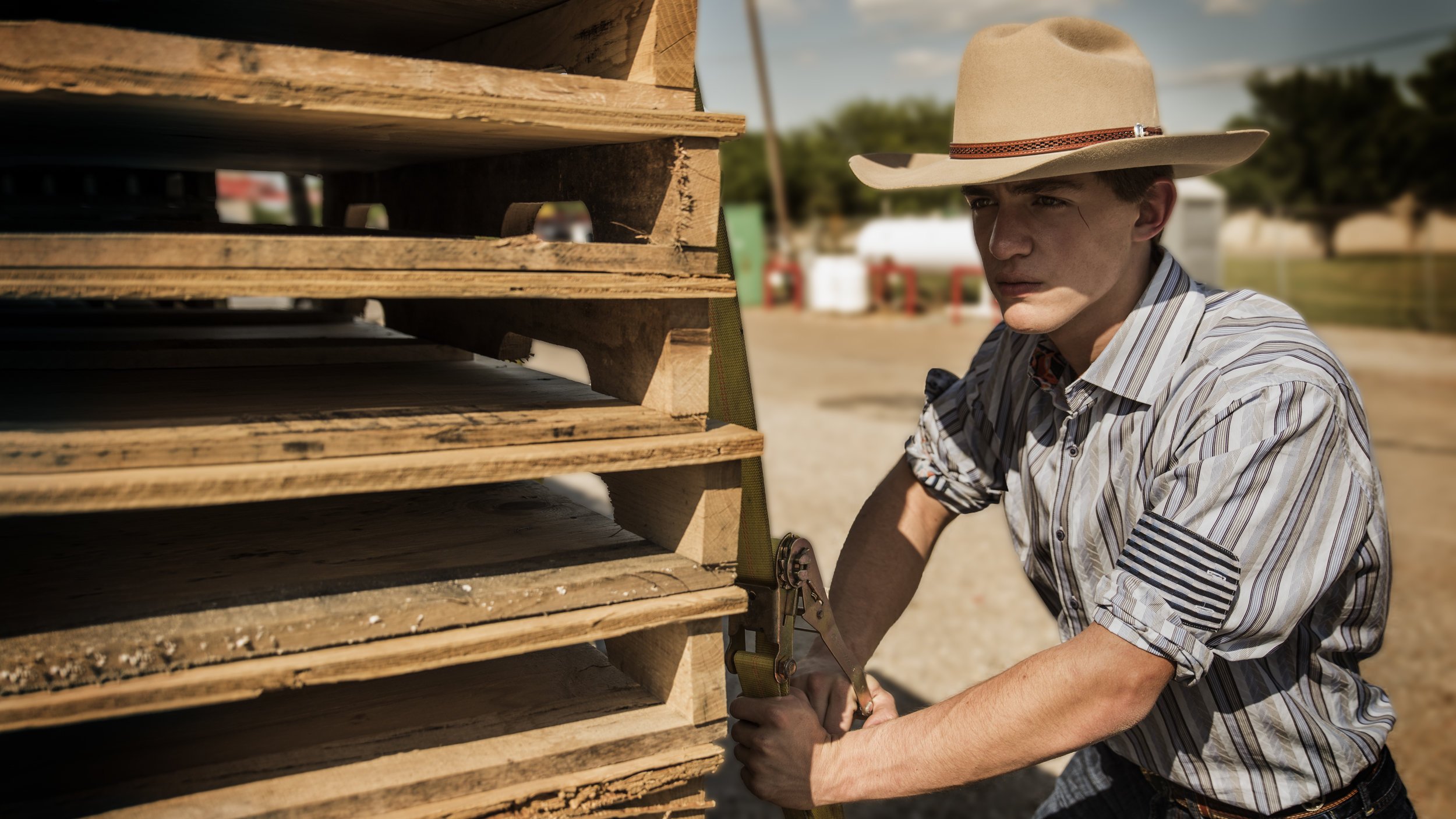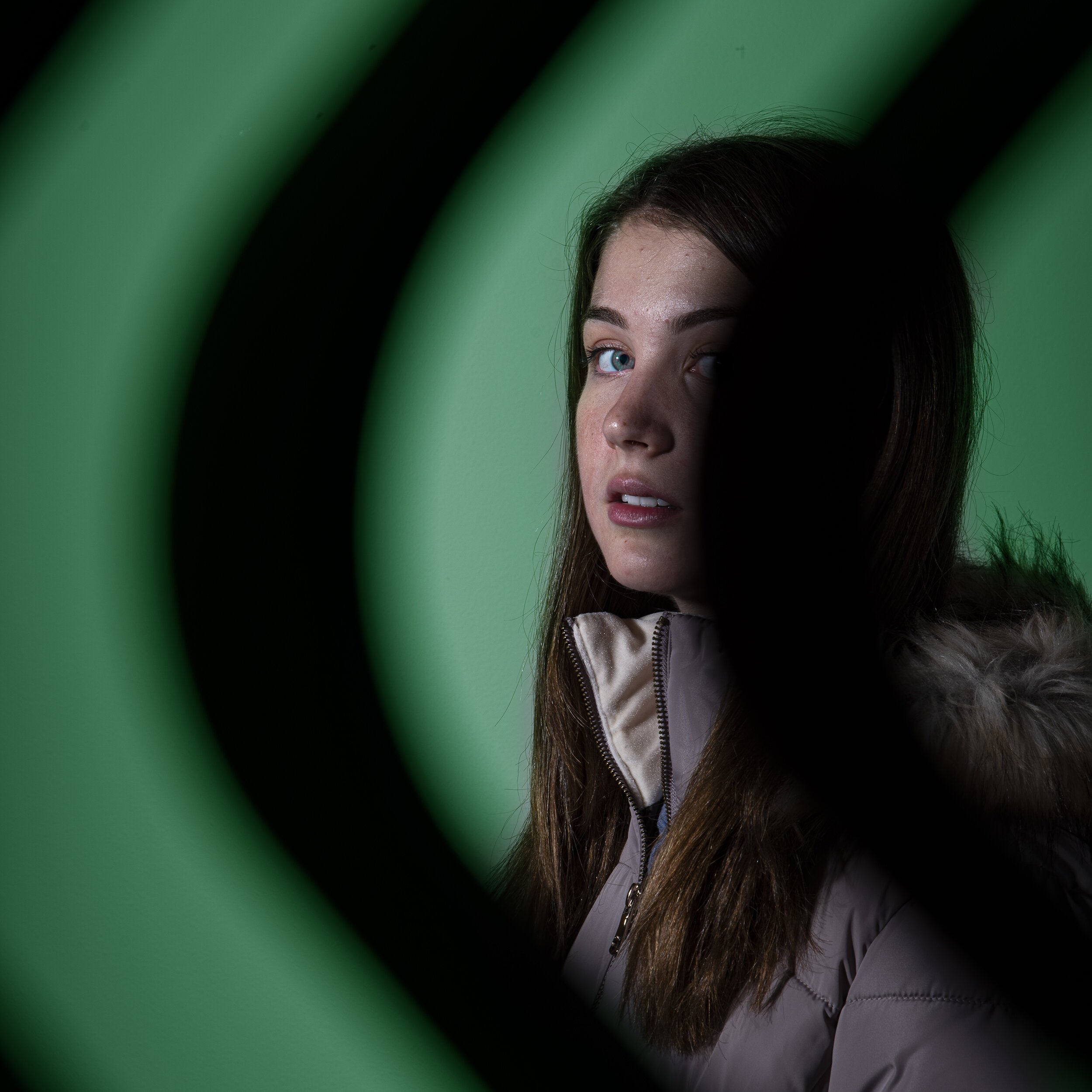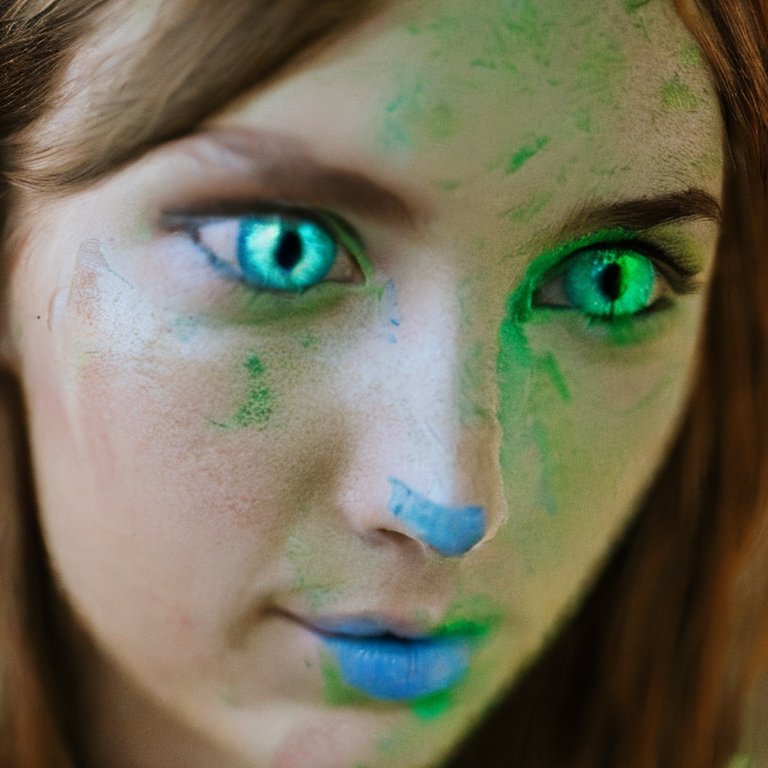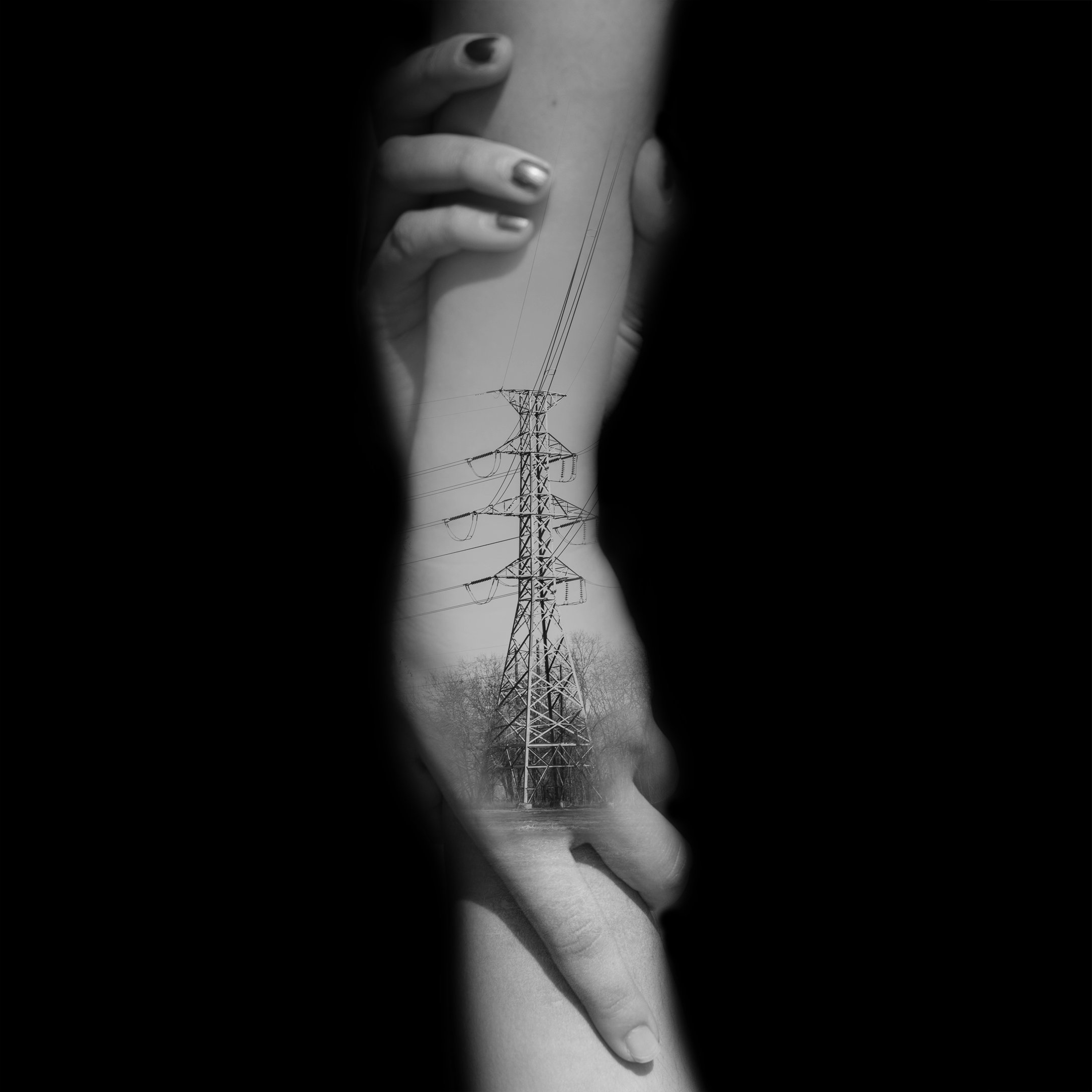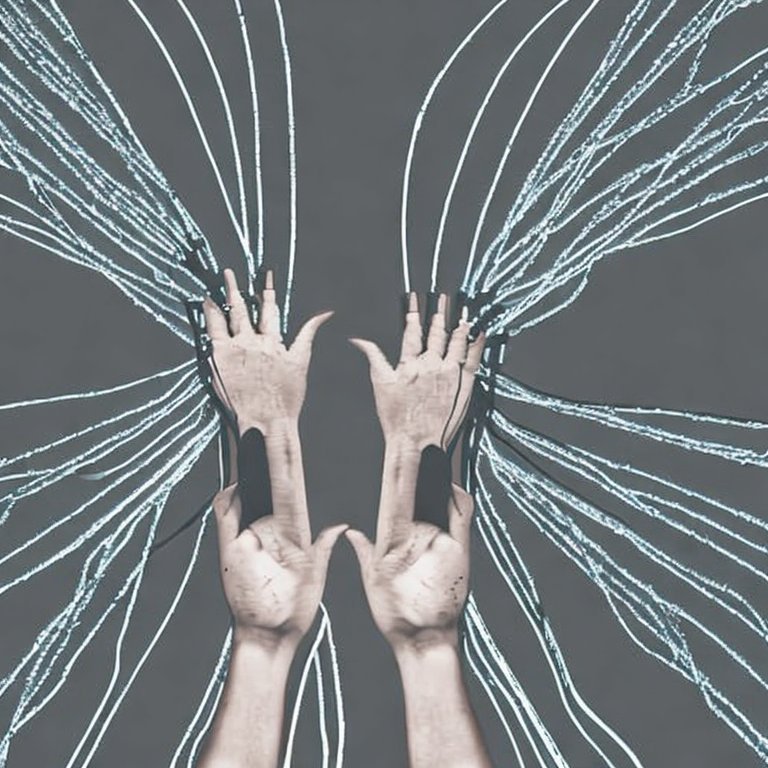I am a photographer. Throughout my life, this hobby has required two distinct skills: A artistic eye and technical expertise.
Whether it was the basic point and shoot cameras that I learned on, the DSLR’s that were the industry standard, or the full-frame mirrorless cameras that gained popularity as I grew older, I always needed to have a complete understanding of shutter speed, aperture, ISO, and lighting in order to effectively communicate my emotions and tell stories through the medium of photography.
I watched this reality gradually change with the improvement of mobile phone cameras, which made high quality photography more accessible than ever. However, in recent months AI art generation has completely obliterated the status-quo, allowing anyone to input a detailed description and create an artistic image without any expensive lighting equipment, formal training, or models.
I wanted to see whether these AI programs are a useful new tool to aid my art or a dystopian mechanism that was going to render my skills useless and ultimately replace human artists.
So I used StableAI (released in 2021) to try to recreate some of my favorite images…
Prompt: “Moroccan Berber man preparing his orange headdress on top of dunes in the Sahara desert at sunset”
Prompt: “Brunette woman in a striped red dress walking away from a distraught man in a leather jacket sitting in a red booth at an old-fashioned American diner”
Prompt: “Arizona landscape of cacti with mountains in the background”
Prompt: “portrait of a Texan man in a cowboy hat standing next to a stack of pallets with trees in the background”
Prompt: “portrait of a girl with blue eyes on a green background with shadows cast on her face”
Prompt: “two interlocking hands with a black background and an overlay of electricity cables”
Prompt: “artistic portrait of little boy building a sandcastle underwater at the bottom of a pool”
After working on these images, I am far more excited about the future than I am worried. AI is an incredible tool – it uses complex algorithms to create entirely unique images from massive datasets and is capable of doing things we have never seen before. Still, it is far from perfect.
Creating the perfect AI image requires lots of trial and error – a small change in syntax or word choice can have a dramatic effect on the final image. Throughout this experiment, I found I needed to rephrase my prompt three or four times before the program spat out the image I wanted.
Even after trial and error, the results were mixed. StableAI handled some things, like landscapes, perfectly, but other images weren’t as perfect. AI does not have a complete grasp on framing, it struggles to implement specific lighting techniques, and for some reason it cannot create accurate images of hands.
The largest issue, however, is the lack of a human element.
When inputting a prompt into a website, you can’t communicate with your model and bring the emotion out of their eyes, you can’t ever so slightly change the angle of their chin or get tears to well up in their eyes. One of the most beautiful parts of fine art photography is the unique ability to painstakingly plan every detail of a photograph, to orchestrate and bring a specific scene in your mind to life.
This is not to say that AI isn’t a revolutionary tool – it can help us experiment with ideas and create rough plans for art projects. It can replace stock photos in a far more personalized way. It can edit real photographs far more efficiently than any adobe program. It can create environments that would take thousands of dollars of professional equipment and location scouting in the real world.
Ultimately, AI is the logical next step in photography as a medium – just like cellphones, it makes the art form more accessible. Right now, AI is not a threat to photographers, rather it is another instrument in our artistic toolbox.

